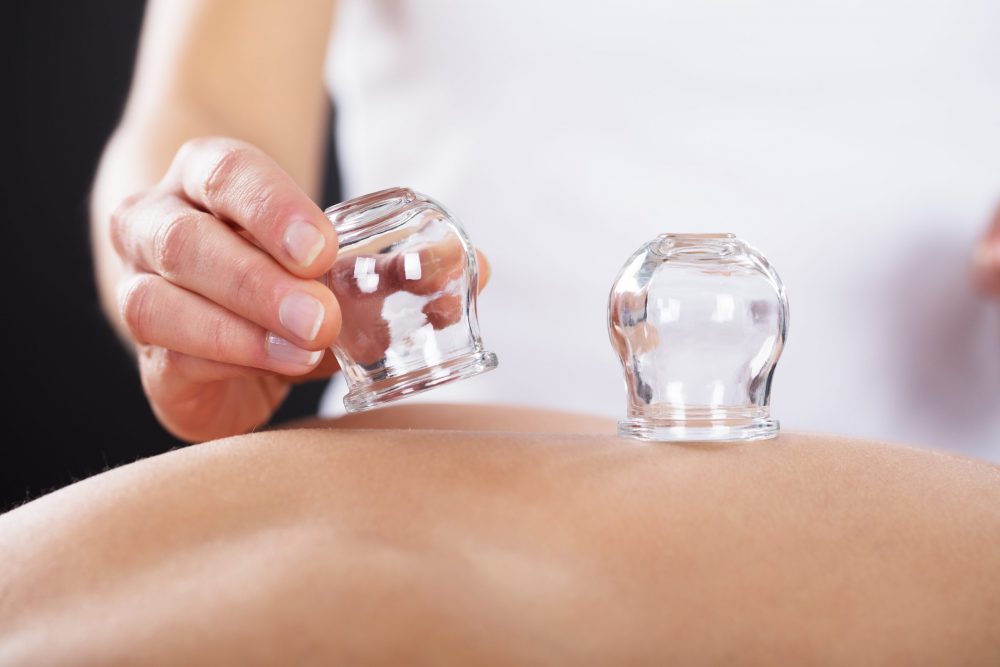Cupping glass therapy is a technique that involves placing glass cups on the skin and creating suction. The suction is created by using a flame to heat the air inside the cup, which then causes the cup to stick to the skin. The cups are usually left in place for a few minutes, and when they are removed, it leaves behind round marks on the skin that can last for several days.

Some people use cupping glass therapy to treat a variety of ailments, including pain, inflammation, and respiratory issues. There is limited scientific evidence to support the use of cupping glass therapy for these purposes, but there are some studies that suggest it may be helpful.
One study published in the Journal of Alternative and Complementary Medicine found that cupping glass therapy was effective in reducing pain in people with chronic neck pain. Another study published in the Journal of Traditional Chinese Medicine found that cupping glass therapy was effective in reducing pain and improving function in people with knee osteoarthritis.
Despite these promising results, it is important to note that there is still a lot we don't know about cupping glass therapy. There is not enough scientific evidence to say for sure whether it is effective for all the conditions that it is used to treat, and there are also some risks associated with the therapy.
One of the potential risks of cupping glass therapy is burns. The cups are usually heated with a flame, which can cause burns if they are not handled properly. There is also a risk of infection if the cups are not cleaned properly between uses.
Another potential risk of cupping glass therapy is the development of bruises or hematomas. While these are usually harmless and go away on their own, they can be unsightly and uncomfortable.
If you are considering trying cupping glass therapy, it is important to talk to your doctor first. They can help you evaluate whether it is a good choice for you based on your individual health status and any underlying medical conditions you may have.
In conclusion, cupping glass therapy is an alternative medicine technique that has been used for centuries. While there is some scientific evidence to support its use for reducing pain and inflammation, there is still a lot we don't know about it. If you are considering trying cupping glass therapy, it is important to talk to your doctor first and make sure you understand the risks and potential benefits.